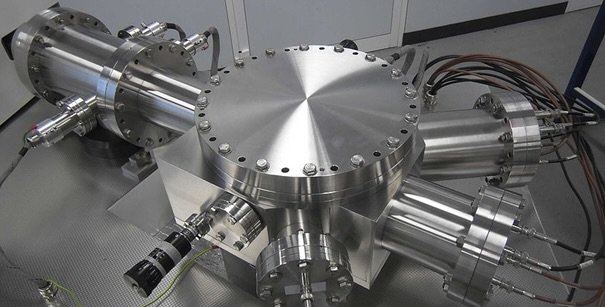Interplay Of Chelating And Reducing Root Exudates In Plant Iron Acquisition

Iron (Fe) is an essential micronutrients for plants that often limits their growth and reproduction. Despite its high abundance, biologically…
The impact of human activities on planetary systems is accelerating at an unprecedented rate. Natural and anthropogenic contaminants can drive systems outside safe operating spaces with far-reaching impacts on biodiversity, ecosystem services, and human health.
Our mission is to investigate the environmental fate and effects of organic and inorganic contaminants and processes at mineral interfaces. We train the next generation of leaders and societal actors.
Our vision is to inform solutions for the pressing environmental problems of today and tomorrow that sustain communities while stewarding the environment.

Iron (Fe) is an essential micronutrients for plants that often limits their growth and reproduction. Despite its high abundance, biologically…

Mercury (Hg) is a naturally-occurring toxic heavy metal of great environmental concern. It has been listed by the WHO as one of the top ten chemicals…

The remediation and restoration of polluted sites is a crucial challenge for reducing risk to humans and environmental health, as well as for the…

In the last decade, nanoscale zero-valent iron (nZVI) attracted extensive attention for contaminant removal due to its large specific surface area,…

Anthropogenic activities associated with mining, ore processing, and nuclear materials production have left a legacy of uranium (U) contamination in…

The iron phosphate vivianite (Fe3(PO4)2∙ 8H2O) occurs worldwide in many reducing environments as e.g. lakes, rivers, swamps, waterlogged soil and…

Water-soluble polymers (WSPs) are used in numerous applications, including home and personal care products. After their use, WSPs are often released…